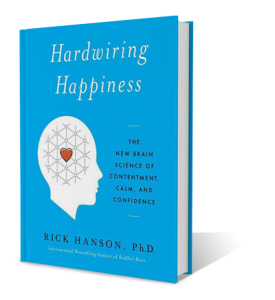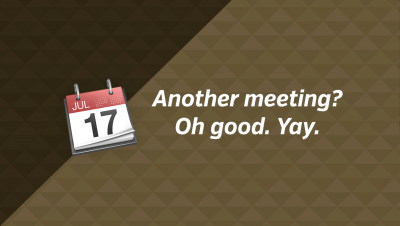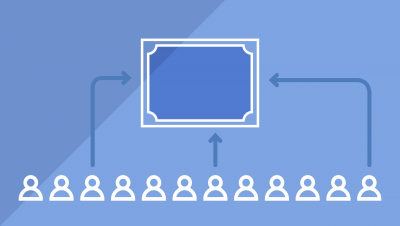There’s an undeniable trend lately toward mediation and other mindfulness activities. All the cool kids, aka today’s generation of authors, speakers, consultants, entrepreneurs, etc., have taken up the practice and many are lauding the results.
But meditation can be extremely off-putting in its name only.
Vaguely religious, implicitly supernatural, altogether wrapped up in new age, hippy liberalism of decades past.* For addled and neurotic people like me — perhaps the people to whom it would be of greatest impact — it seems a very tall mountain to climb.
However, in a podcast conversation with Sir John Hargrave on the subject of Mind Hacking, I was introduced to an alternate name for the same practice — Concentration Training. This simple semantic shift really helped me see the upsides: better concentration, stronger ability in though, an athletic approach making incremental progress rather than overnight miracle. And you know what, it’s been good.
9 Minutes
I haven’t don’t much research onto how, exactly, one is _supposed to _meditate or conduct concentration training, but I’ve picked up enough to know that starting small is the best way to begin where one might actually install and keep the habit. In true engineering fashion, I decided to leverage a piece of technology I already have to aide me in this endeavor — my alarm clock!
Technically, my alarm clock is an old PowerBook G4 laptop which I bought for grad school in 2004 (and still works!) running an application called Aurora. I’m stirred awake each morning by my computer playing my iTunes playlist, set to shuffle. Hitting the snooze bar — in my case, the space bar — will silence the music for 9 minutes. I use the first nine minutes to rub my eyes open, stumble to the bathroom and do the usual wash and brush. Then I return to my bedroom for a bit of Concentration Training, slotted into another 9-minute burst. To start, this seems like the right amount of time.
Go to the Woods
First thing I do during this training is focus on breathing. Following my instinct as a dancer, I breathe in for four counts, and exhale for a further 4 counts. Once I get into a nice sine rhythm of 4 and 4, I switch to the place in my mind where I can stay for as long as possible within those 9 minutes. Taking my cues from Thoreau, perhaps, I imagine myself in a deep woods. I try to explore the setting in detail, without getting distracted, and stay in the woods.
This is really hard! When seated silently, one’s mind will fill with all manner of distractions! My grocery list, conversations I had yesterday, something funny from 9th grade — a million things. But the effort here is to stay concentrating on one task or image — to block everything out and build that mental muscle which has been eroded by so many years of pop-up banners and mobile phone notifications.
Plastic Mind
This all follows the larger research into Neuroplasticity, the overall observation that our brains are constantly adjusting to new stimulii and we can, with effort, change the way we think and react, supplanting our own biology and instinct.

Hardwiring Happiness by Rick Hanson
Along these same lines, I’ve picked up a new book, Hardwiring Happiness by Dr. Rick Hanson. I learned about this book from an interview with Dr. Hanson on The Accidental Creative Podcast with previous guest of The Busy Creator, Todd Henry. Todd and Dr. Rick broke down the common struggles we all face, and how in many cases it’s our brains, not our conscious minds, that betrays us. The podcast is a great listen, and the book already aims to follow suit.
Footnote: My very own high school was involved in a landmark court case back in the 1970s which disallowed the teaching of Transcendental Meditation in schools, as it violated the Establishment Clause of the First Amendment of the Constitution
Enjoyed this article?
More insight and resources delivered in our newsletter. Sign up below to receive site updates.













